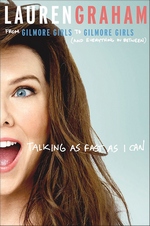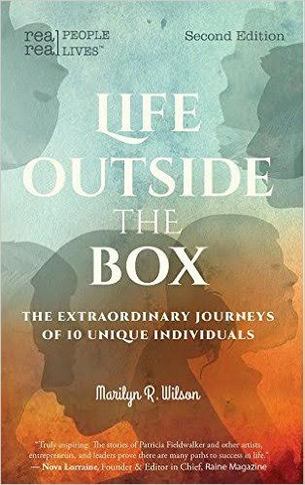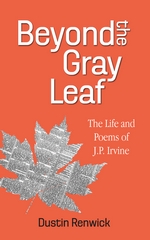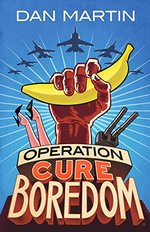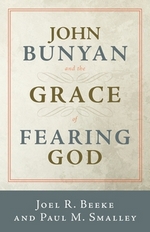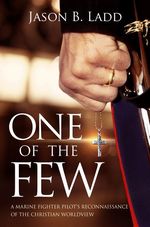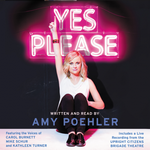 Scrappy Little Nobody
Scrappy Little Nobody
by Anna Kendrick
Hardcover, 271 pg.
Touchstone, 2016
Read: December 22 – 26, 2016

Unlike some of the celebrity memoirs I’ve read this year (and yeah, there’s been a lot of them — I’m not sure why), this is a pretty straight-forward one. Roughly chronological, it covers Kendrick’s life and career from childhood to the last year or two. What separates this is Kendrick’s voice — it is so strong, so funny (I almost wish I’d gone for the audiobook version — narrated by the author — instead for her literal, not just authorial, voice), so brutal.
Thankfully, she saves most of her mockery for herself, so she comes across as charmingly self-deprecatory and insecure.
I’m not sure what to say about this, without resorting to a very long list of quotations that will be too long, and yet not long enough.
I chuckled often, I enjoyed the look at her life and strange childhood; the behind-the-scenes anecdotes about some of her films and award-shows; the present-day social awkwardness. I may not have much to say, but it’s only because my brain isn’t firing right tonight (it seems), not because the book doesn’t deserve it.
If you’re a fan of Kendrick’s, you’ll enjoy this. If you wouldn’t call yourself a fan, but have enjoyed some of her work, you’ll probably enjoy this. If you don’t know anything about her, you still might like this (and get a list of movies to go look into).
—–



